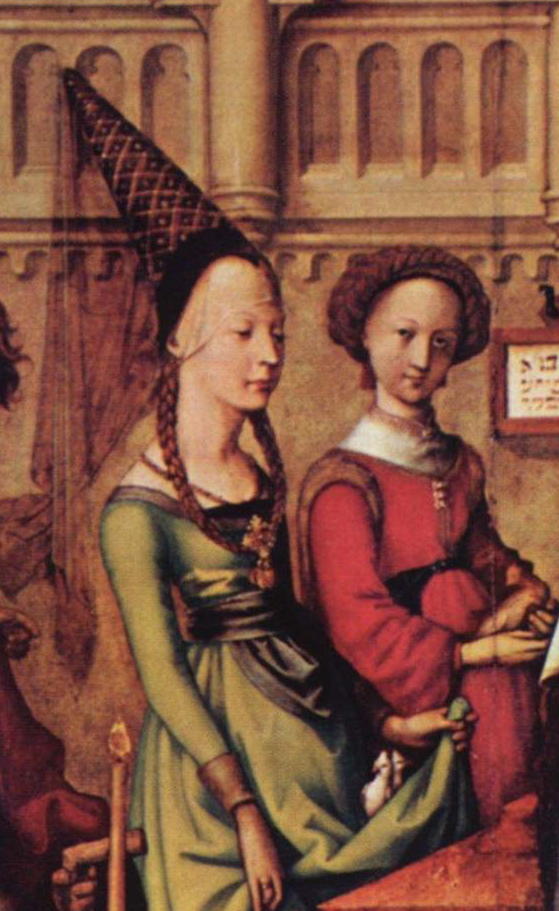
Fashion has been important throughout human history, at least for those who could afford it. By wearing clothes that are the latest fashion, one establishes oneself as the leading influencer, the person all others must copy. The well to do of the Middle Ages were just as eager to dress fashionably as is a modern teenager who would (she claims) rather die than go to school dressed grossly out of fashion.
In the Middle Ages of course, just as now, the latest fashions were often mocked. (Don't get me started on jeans, bought new, that come with big holes already worn in the front.) In the English royal court at the end of the eleventh century, long, pointed toes on shoes were fashionable for men. Churchmen roundly attacked them as being "girlie" and a sign of weakness, which did not keep men from wearing longer and longer points, until one day they were suddenly unfashionable.
(Court jesters are often depicted with toes on their shoes so long they have to be spiraled around. They wore them after everyone else had given them up, proving they were fools.)
As well as establishing that one is "in the know," fashion can mark your identification with a certain group. The white wigs of the eighteenth century (think of pictures you've seen of George Washington or Mozart) were supposed to show that one was wise, like an old person. Jeans came into college students' wardrobes in the 1960s as a way to show solidarity with workers. (Workers who would have thrown out jeans once they had big holes in the front, but that's a different story.)
And fashion is a way to flaunt one's wealth, to show off that one has enough money to buy new clothes whenever the fashions change, to stop wearing perfectly serviceable clothes just because they're out of style, and to employ servants to keep the delicate white bits clean and free of stains. In the court of Louis XIV, when the French aristocracy flocked to Versailles, clothing was the single biggest expense for members of the court.
In the late Middle Ages, there was a major fashion trend in women's hats. The tall, pointed hats that one sees in many images, hats often with trailing veils, were completely impractical, and that was the point. No one would wear a hat like that to work in the fields or brew beer. One wore a hat like to prove one was a person of leisure.
And then in the early modern period there was a great fashion in enormous lace collars. They were expensive, delicate, and extremely hard to keep clean, all the things that marked the wearer as a person of wealth. (They were also ridiculous, but that's half the point.)
© C. Dale Brittain 2022
For more on medieval clothing and other aspects of medieval history, see my ebook Positively Medieval, available on Amazon and other ebook platforms. Also available in paperback.



No comments:
Post a Comment